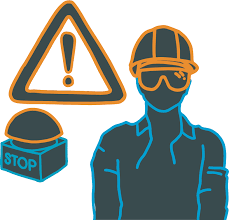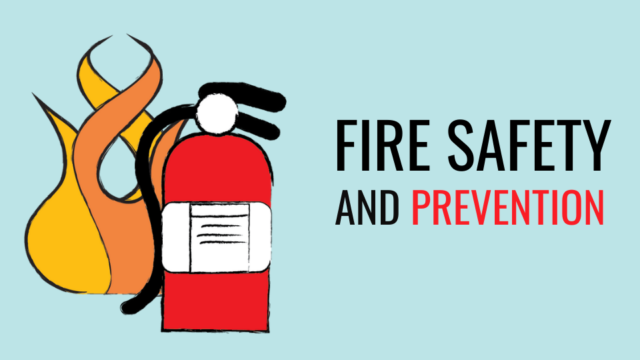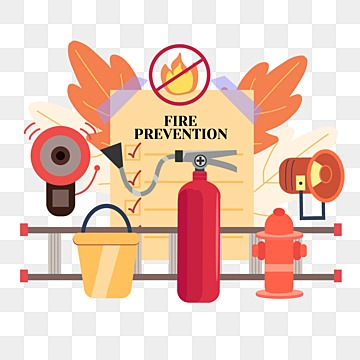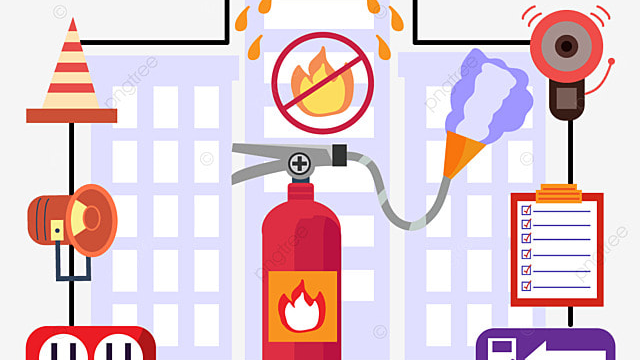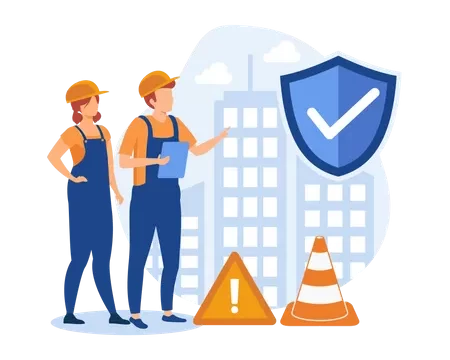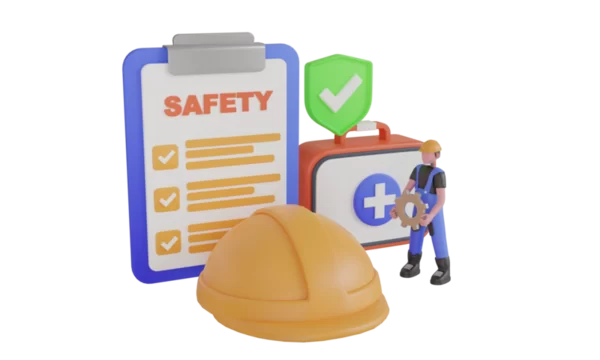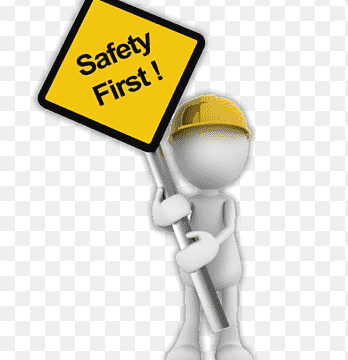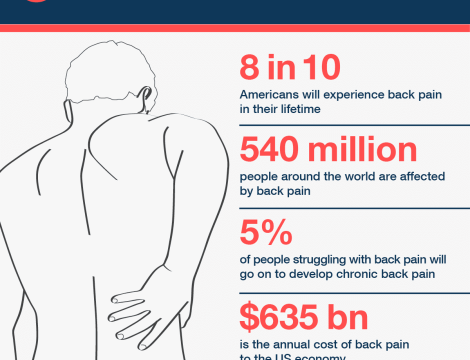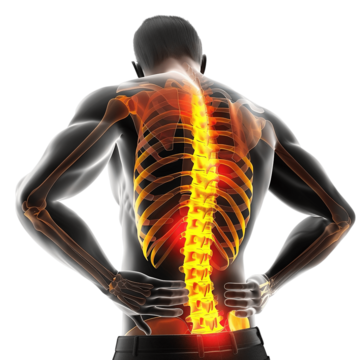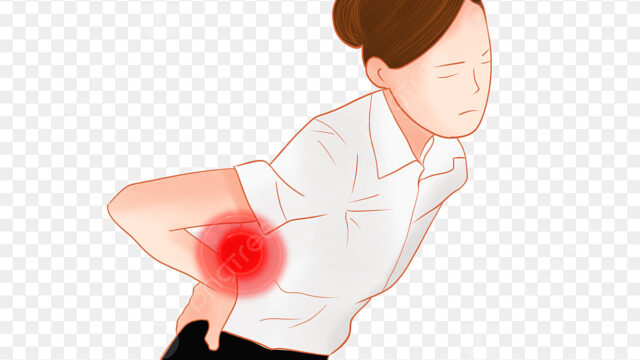Popular
Machinery Safety
Description
Course Outline
Module 1: Introduction to Machinery Safety
- Importance of machinery safety in the workplace
- Common hazards associated with machinery
- Overview of machinery-related accidents and their consequences
Module 2: Understanding Machinery and Risk Assessment
- Types of machinery and their applications
- Identifying mechanical hazards (e.g., crushing, cutting, entanglement)
- Principles of risk assessment and hazard identification
- Safety standards and legal requirements (e.g., OSHA, ISO 13849)
Module 3: Machine Guarding and Safety Controls
- Types of machine guards (fixed, adjustable, self-adjusting)
- Importance of safety devices (e.g., interlocks, emergency stop controls)
- Ergonomic considerations in machine design
Module 4: Safe Work Practices and Procedures
- Pre-operational checks and inspections
- Proper use of Personal Protective Equipment (PPE)
- Lockout/Tagout (LOTO) procedures for machinery maintenance
- Training and supervision of machine operators
Module 5: Emergency Response and Accident Management
- Emergency protocols for machinery-related incidents
- Reporting, investigating, and documenting accidents
- Steps for corrective and preventive actions
Module 6: Practical Training and Case Studies
- Hands-on exercises with machinery safety systems
- Real-world case studies and lessons learned
- Group discussions and Q&A sessions
Course Objectives
By the end of this course, participants will:
- Understand the importance of machinery safety and the risks associated with machinery use.
- Gain knowledge of hazard identification, risk assessment, and applicable safety standards.
- Learn how to implement effective machine guarding and safety controls.
- Master safe work practices, including Lockout/Tagout procedures.
- Be prepared to respond to and manage machinery-related emergencies.
Learning Outcomes
Upon successful completion of the course, participants will be able to:
- Identify potential mechanical hazards and assess associated risks.
- Apply safety standards and regulatory requirements to machinery use.
- Implement appropriate guarding solutions and safety measures.
- Conduct pre-operational inspections and ensure proper PPE use.
- Follow Lockout/Tagout procedures to control energy sources during maintenance.
- Investigate and respond effectively to machinery-related incidents.
Training Methodology
- Interactive Lectures:
- Use of multimedia presentations to explain concepts.
- Discussion of real-world examples and safety failures.
- Hands-on Training:
- Practical sessions with machinery for hazard identification and control application.
- Demonstrations of proper safety equipment and procedures.
- Group Activities:
- Role-playing exercises for emergency response scenarios.
- Team-based risk assessment tasks.
- Case Studies and Problem-Solving:
- Analysis of past incidents to identify root causes and preventive measures.
- Assessment and Feedback:
- Pre- and post-training quizzes to evaluate knowledge retention.
- Continuous feedback to address participant queries and challenges.
Location
Review
Write a ReviewThere are no reviews yet.




